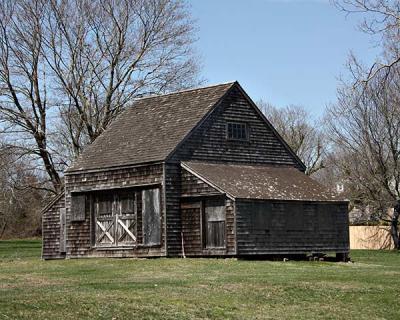Debate Beach Trash and Garbage Cans
Debate Beach Trash and Garbage Cans
Complaints about garbage cans and trash on the beaches brought East Hampton Village officials to a meeting of the town trustees on Tuesday, with the village beach manager defending Main Beach, which is consistently ranked as one of the nation’s finest, and one of the trustees defending her unilateral action to tag cans on the beaches for removal.
As summer approached, the trustees, who have jurisdiction over most of the town’s beaches, waterways, and bottomlands, had written to the village asking that the receptacles be removed after voting 8-to-1 on May 26 in favor of removal. Diane McNally, the trustees’ clerk, cast the sole dissenting vote.
But days before the July Fourth weekend, Deborah Klughers, a trustee, affixed red tags to the garbage cans at two village beaches, indicating that they were to be removed within a designated time or would be impounded. Her suggestion was to move them to the parking lot.
“Unfortunately, the response we got from the village was ‘The cans are staying, period.’ It was a pretty clear message that they’re not budging,” she said on Tuesday.
The controversy about trash on the beaches was spurred by Dell Cullum, a photographer and wildlife removal specialist, who has been particularly vocal in criticizing receptacles on the sand.
Ms. Klughers said that she solicits opinion from many residents. “I haven’t heard anyone say they like the cans on the village beach,” and she noted that Mr. Cullum had provided photos showing cans at the water’s edge. “On the day when I tagged, the water was maybe 15 feet from the cans,” she said.
On the other hand, Ed McDonald, the village beach manager, said, “We have not heard anyone complain about our beaches being dirty. He spoke of his long history and emotional investment in the village beaches, telling the trustees that his first job, at 14, was at Main Beach and that he served as a lifeguard there for many years.
“I can’t imagine a beach in the country that has more manpower, more hours, more money invested in keeping the beaches clean,” he said, “and we’ve been rewarded by it regionally and nationally.” No one on his staff placed a receptacle near the water, he said. “I don’t know who did, but I’ll guarantee we didn’t. We do the right thing and it shows.”
Becky Molinaro, the village administrator, seconded Mr. McDonald’s remarks, referring to “day and night operation” to keep the beaches clean. No complaints about litter on the beaches had been registered at Village Hall, she said. “We work seven days a week very hard. Our village cares very deeply about how the village looks.”
Although the issue was not resolved, Ms. McNally said there was no “turf war” between the entities. Village officials, she said, had been “more than willing to sit down with this board and work out some plan that would appease those who don’t like to see garbage cans on the beach.” She added that everyone should bear in mind that “when we talk about resources, we’re talking about our friends and neighbors who work in this town. When we discuss increased enforcement, it is not intended to be a criticism or to make those employees of this town feel bad. That’s the one feedback I’m getting.”
In related news from the meeting, the trustees agreed to endorse a town board proposal to require that all beach fires be contained within metal containers, as is required on village beaches. Ms. McNally said she had heard no significant opposition to the proposal. “A number of people I spoke to are in favor of it,” Brian Byrnes, a trustee, said. The trustees will ask the town board about proper disposal of wood and ashes and how the public would be educated.

